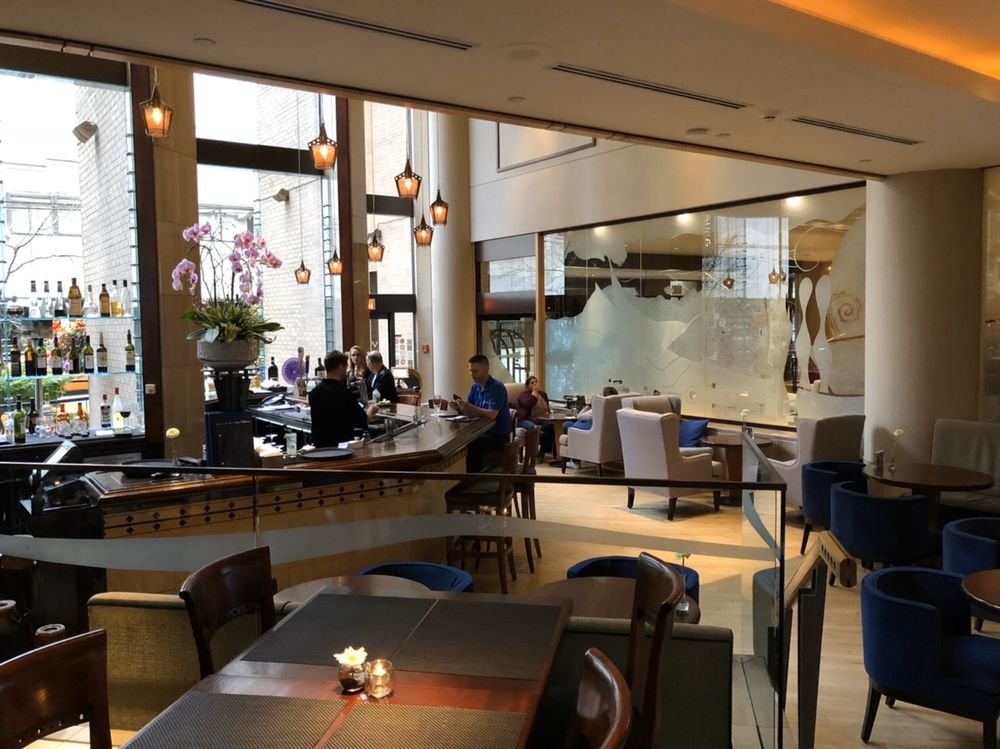When you think of grand operatic performances, the image of a diva at the Met comes to mind. The Metropolitan Opera House, located in New York City, serves as a prestigious stage for the world’s most talented opera singers. A “diva at the Met” is more than just a singer; she embodies exceptional vocal talent, stage presence, and dramatic flair. This article will explore what it means to be a diva at the Met, highlighting the legendary women who have graced its stage, the iconic roles they’ve performed, and the lasting cultural impact they’ve had. From unforgettable performances to their contribution to the opera world, we will take you on a journey into the world of these celebrated stars. Whether you’re an opera enthusiast or a newcomer, understanding the diva at the Met reveals the powerful allure and timeless appeal of these incredible women and their art.
The Legacy of Divas at the Metropolitan Opera
The Role of a Diva in Opera
In opera, a “diva” is a female singer known for her extraordinary vocal prowess and commanding presence. She often becomes the focal point of the performance, taking on the most challenging lead roles. These roles require not only technical vocal ability but also an intense emotional connection with the audience. Over the years, the diva at the Met has evolved into a symbol of the highest artistic achievement in opera. At the Metropolitan Opera, divas perform some of the most demanding and prestigious roles, showcasing their versatility as both singers and actresses.

Historical Icons: The Early Divas of the Met
The legacy of divas at the Met dates back to the early 20th century. Legendary figures such as Maria Callas, Renata Tebaldi, and Leontyne Price helped shape the institution’s history. These women not only possessed incredible voices, but they also had the dramatic intensity necessary to make their performances unforgettable. Maria Callas, in particular, is celebrated for her ability to infuse emotional depth into her roles, making every performance feel like a personal journey. Moreover, these early divas helped set the standard for future generations, both in terms of vocal excellence and stage presence.
The Golden Age of Divas
The mid-20th century is often referred to as the golden age of divas at the Met. Singers like Beverly Sills, Joan Sutherland, and Montserrat Caballé were not just admired for their voices but also for their larger-than-life personalities. These divas brought an unmatched grandeur to the stage, captivating audiences with their dramatic interpretations and exceptional vocal technique. They cemented the Met’s reputation as a premier destination for operatic excellence. This era set the stage for the diva’s role as both a vocal and cultural icon, influencing generations of performers to come.
The Modern Diva at the Met – Evolution and Innovation
The Rise of Contemporary Divas
In recent decades, the idea of the diva at the Met has continued to evolve. Today’s divas are not just defined by their vocal skill; they are also known for their innovative approaches to traditional roles. Singers like Anna Netrebko, Renee Fleming, and Deborah Voigt bring fresh energy to the stage, reshaping how audiences experience opera. These modern divas often reinterpret classic roles, adding new layers of meaning and emotion. Their performances reflect the changing tastes and cultural shifts within the opera world.
Innovation in Performance and Production
The Met has also embraced innovation in performance and production. With advancements in technology and stage design, modern divas have more tools at their disposal than ever before. For example, elaborate sets, lighting effects, and multimedia elements are now commonly used to enhance the storytelling of each opera. This modern approach allows the diva at the Met to engage with audiences in ways that were once unimaginable. The digital age has further expanded the diva’s reach, with live-streamed performances enabling opera lovers from all over the world to witness these extraordinary performances in real time.
Diversity and Representation
Another significant shift has been the increasing diversity of the diva at the Met. Today, divas from around the globe perform at the Met, bringing new cultural perspectives to traditional opera roles. Singers like Aida Garifullina, Angela Gheorghiu, and Sondra Radvanovsky are reshaping the opera world, proving that the concept of the “diva” is not limited to a single cultural ideal. Their performances celebrate the rich diversity of human experience and demonstrate that opera, as an art form, is inclusive and ever-evolving.
The Performance of a Diva – Beyond the Voice
The Dramatic Art of Opera
While the voice is central to opera, a diva’s dramatic ability is what truly makes her stand out. Opera is a theatrical art form that requires singers to embody their characters, creating emotional connections with the audience. The diva at the Met is expected to convey deep emotions not just through her voice but through her gestures, movements, and expressions. Whether performing the tragic Tosca or the passionate Carmen, the diva’s portrayal of these complex characters is key to the opera’s success. Her ability to move between dramatic extremes is what makes opera such a compelling art form.
The Physicality of Being a Diva
The physical demands placed on divas performing at the Met are intense. Many opera roles require a combination of vocal endurance and physical stamina. A diva must sing for hours while portraying emotionally demanding characters, often in elaborate costumes. Furthermore, the diva’s physicality on stage is crucial; she must interact with her fellow performers, convey the emotional arcs of her character, and still maintain her vocal excellence. These aspects of performance elevate the role of the diva beyond just singing; they make her a dynamic force on stage.
The Diva’s Connection to the Audience
One of the most captivating aspects of being a diva at the Met is the powerful connection she forms with the audience. The diva is often the emotional heart of the opera, and her ability to engage with the audience creates an unforgettable experience. Through soaring arias or intimate moments of vulnerability, the diva’s relationship with the audience is what makes her performances transcendent. This connection is unique to opera and is something that continues to attract audiences to the Met year after year.
The Enduring Impact of Divas at the Met
The Diva’s Legacy in the Opera World
The legacy of the diva at the Met goes far beyond individual performances. These singers have shaped the direction of opera, influencing vocal technique, performance standards, and artistic expression. The divas of the past have set the bar high, and today’s singers continue to push the boundaries of the art form. Their contributions to opera are immeasurable, and their performances inspire countless aspiring opera singers around the world.
The Importance of the Diva to the Met’s Identity
The diva is central to the identity of the Met. Over the years, the performances of these extraordinary women have defined the Met as one of the world’s most prestigious opera houses. Their artistry and dedication have helped elevate the Met to its current position as a global cultural institution. Without the diva at the Met, the opera house would not be the iconic venue that it is today. These women are integral to its success and reputation.
Conclusion
The diva at the Met represents the pinnacle of operatic excellence. These women captivate audiences with their breathtaking voices, dramatic performances, and unmatchable stage presence. From the legendary divas of the past to the innovative stars of today, the diva at the Met continues to shape the world of opera. Whether through tradition or transformation, the diva remains a symbol of power, grace, and artistry. If you haven’t yet experienced the magic of a diva at the Met, it’s time to discover this timeless tradition and immerse yourself in the world of opera’s most celebrated stars.


